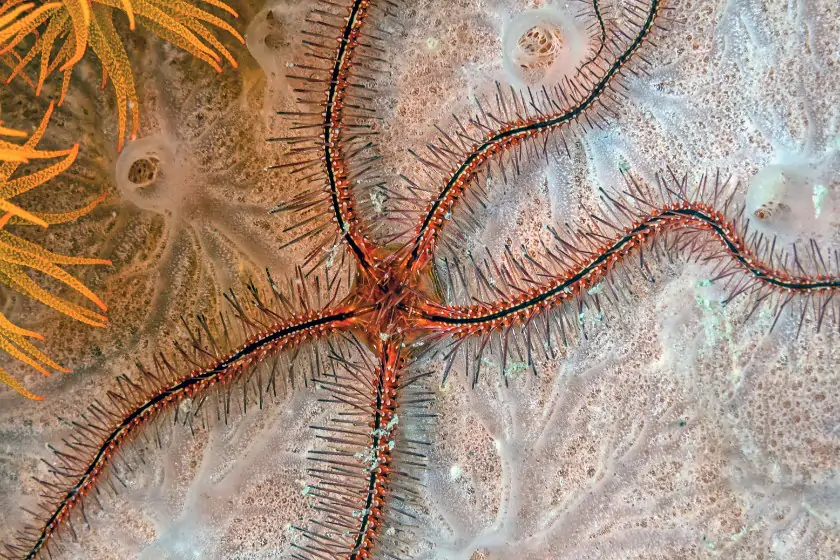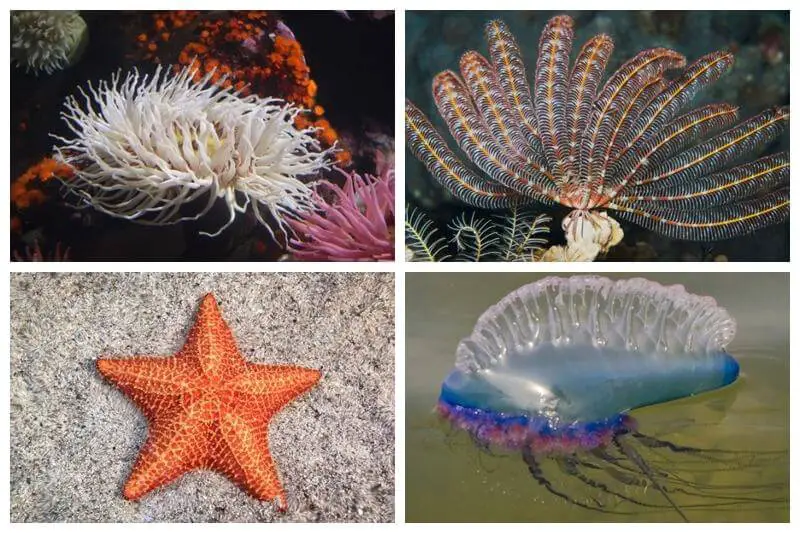There are also numerous animals with no hearts at all, including starfish, sea cucumbers, and coral. Jellyfish can grow quite large, but they also don’t have hearts.
Understanding Animal Circulatory Systems
When it comes to biology, one of the most fascinating topics is animal circulatory systems. These systems help transport nutrients, oxygen, and waste products throughout an organism’s body, enabling them to function. Here are five essential facts to help you understand animal circulatory systems better.
- Hearts are not universal
Most animals do have a circulatory system to transport materials throughout their bodies, but not all of them have a heart. For instance, sponges don’t have a heart and instead rely on the movement of water for the circulation of nutrients and waste products.
- Blood isn’t always red
The color of blood changes depending on the animal. If you think of blood, you probably picture a vivid red color. However, some animals, such as squids and octopuses, have blue blood. This is because rather than using iron to transport oxygen, they use copper instead.
- Insects have open circulatory systems
Insects have a unique kind of circulatory system that’s open-ended. They don’t have veins, capillaries, or arteries, and instead, their hemolymph (similar to blood) is circulated through their organs and tissues at high pressure. This is how insects can perform tasks like carrying heavy objects despite their small size.
- Mammals have the most complex circulatory systems
Humans and other mammals have a circulatory system that’s far more complex than that of any other animal. Mammals have a four-chambered heart and utilize blood vessels to transport blood to every part of their body. This complexity is necessary because mammals have a higher oxygen demand to support their larger size.
- Marine animals have unique adaptations
Marine animals have unique adaptations to help them survive in their environments. For instance, some marine animals, such as fish, have an organ called the swim bladder that regulates buoyancy. Others, like dolphins and whales, have adaptations that enable them to dive deep and hold their breath for extended periods.
Role of Hearts in Traditional Circulatory Systems

- Jellyfish – This primitive creature has no brains and no organs. It floats around in the ocean and eats by grabbing tiny fish with its tentacles. Waste leaves through the same opening. Scientists suspect they can live eternally as there is no heart or organ system to fail.
- Coral – Coral has no blood vessels or a heart. It lives off of zooplankton and oxygen from photosynthesis made by tiny plant-like creatures that grow on the corals.
- Flatworms – The flattened worms have no respiratory organs or circulatory systems. They rely on diffusion, and they’re amazing because they can regenerate. Scientists have spawned more than 100 worms from one.
- Sea Cucumbers – These simple creatures do not have internal organs like a heart. Instead, they use the water pressure to pump oxygen through their body. Sea cucumbers work as filtering systems and oxygen receptors.
- Starfish – There are over 2,000 species, and they all manage to survive without a heart. They have no blood but use small hair-like structures called cilia to push seawater and extract oxygen.
- Sponges – These creatures have no nerves, no muscles, and no organs. They rely on the water currents to bring them what they need, like oxygen, and feed off of bacteria.
- Nematodes – They are microscopic worms that do not have respiratory and circulatory systems. They absorb gases and nutrients through their skin.
- Hydra – Hydras are tiny organisms that live in freshwater. They don’t have a respiratory system but instead rely on oxygen-rich water to supply quality oxygen and other nutrients.
Animals with Unique Circulatory Adaptations
The circulatory system is essential for the survival of most animals, but not all animals rely on a traditional heart-pumping system. Here are some unique circulatory adaptations found in the animal kingdom:
- Jellyfish – These creatures lack a traditional heart or circulatory system. Instead, they rely on diffusion to transport nutrients and waste products throughout their body.
- Starfish – Similar to jellyfish, starfish do not have a heart or blood vessels. Instead, they use small hair-like structures called cilia to move fluids throughout their body.
- Hagfish – While hagfish do have a heart, they also have three accessory pumps that help move blood throughout their body.
- Octopuses and Squids – These creatures have three hearts. Two hearts pump blood to the gills while the third heart pumps blood around the body.
- Insects – Insects have an open circulatory system where the heart pumps hemolymph into a cavity called the hemocoel. Here, it bathes the organs directly, then is absorbed back into the heart.
- Fish – Fish have a two-chambered heart and a single circuit for blood flow. The heart has a single atrium and a single ventricle that pumps the blood to the gills to be re-oxygenated before returning to the body.
Conclusion
In conclusion, while most animals have hearts, there are some exceptions. Sea spiders, for example, do not have hearts. Instead, their peristaltic movement of oxygen through their gut takes over the job of circulating oxygen throughout their body.
Other animals, such as starfish, jellyfish, and corals, do not have hearts either, as they do not have blood that needs to be circulated. Some animals have multiple hearts, like octopuses and squids that have three hearts, or hagfish that have one true heart and three accessory pumps to help move the blood.
References:
https://animalhow.com/animal-heart/
https://www.frontiersin.org/articles/540440

I’m Christopher Benjamin, a dedicated Animal Nutritionist at Ethos Veterinary Health with a Bachelor of Science in Animal Science from Michigan State University. My lifelong passion for animals led me to establish AnimalsData.Com. Here, I share expert advice, educational resources, and inspiring stories to empower fellow pet lovers worldwide. Join our community as we celebrate the beauty and diversity of our beloved animal companions!

